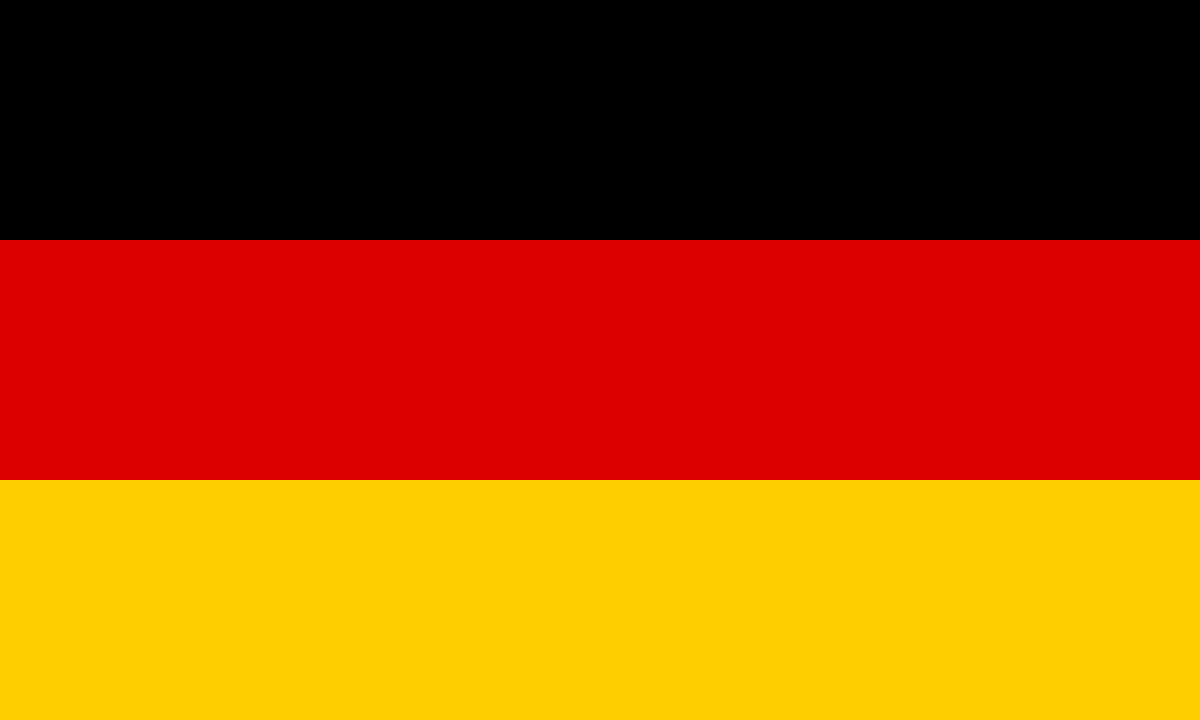Ad Fatigue and Innovative Engagement Strategies
Ad Fatigue and Innovative Engagement Strategies
Understanding Ad Fatigue in the Digital Age
We’ve all been there—scrolling through our social media feed or browsing a website, only to be bombarded with the same ads over and over again. After a while, you start tuning them out, don’t you? That’s ad fatigue in action, a growing problem in our saturated digital world. As brands pour more money into online advertising, the risk of their messages falling on deaf ears increases. So, what exactly is ad fatigue, and why should you care about it?
Ad fatigue occurs when your target audience becomes weary or bored with your ads, leading to diminished engagement. It’s like watching a rerun of a show you once loved; the excitement just isn’t there anymore. In the world of digital marketing, this can be disastrous. Not only does ad fatigue lead to lower click-through rates (CTR), but it also results in higher costs per conversion. Yikes!
But here’s the kicker: It’s not just the frequency of the ads that causes fatigue. It’s the sameness, the lack of innovation, and the over-reliance on traditional formats that drive consumers to hit the mental snooze button. So, how do you keep your audience from checking out? The answer lies in innovative engagement strategies—approaches that break the mold and rekindle the spark between brands and consumers.
The Cost of Ad Fatigue
Let’s not sugarcoat it—ad fatigue is a costly problem. When your ads no longer resonate with your audience, you're not just losing engagement; you’re losing money. Imagine throwing a party where no one shows up. That’s what it feels like when your ads are ignored. The more you invest in campaigns that don’t convert, the more your return on investment (ROI) plummets. Ouch.
In saturated markets, where consumers are inundated with ads from every angle, standing out is tougher than ever. Research from HubSpot found that 91% of people believe ads are more intrusive today than they were two years ago. If your ads are blending into the background, it’s not your audience’s fault—they’re just overwhelmed.
"Ad fatigue isn’t just a drop in engagement," says marketing expert Neil Patel. "It’s a signal that your audience has lost interest, and once that happens, getting their attention back is like trying to catch a train that’s already left the station."
The bottom line? If you don’t tackle ad fatigue head-on, you’re not just risking lower engagement—you’re risking your brand’s long-term viability.
Why Traditional Ads Are Losing Their Mojo
So, why exactly are traditional ads failing to engage? It boils down to a few key factors. First off, there’s the issue of oversaturation. Consumers are exposed to between 4,000 to 10,000 ads every single day, according to Forbes. That’s an overwhelming amount of noise to cut through, and if your ads aren’t exceptional, they’ll be ignored.
Then there’s the matter of relevancy. With the rise of ad blockers and privacy concerns, consumers are more selective about the content they engage with. They’re tired of being bombarded with irrelevant ads that don’t cater to their needs or interests. And who can blame them?
Finally, the predictability of traditional ads is a major turn-off. Whether it’s a banner ad, a pop-up, or a pre-roll video, the format is all too familiar. There’s no surprise, no intrigue, and certainly no reason for the consumer to stop scrolling.
If you’re sticking with the same old tactics, you’re essentially setting up a lemonade stand in the middle of the desert and wondering why no one’s stopping by. It’s time to rethink your approach and embrace innovation.
Introducing Innovative Engagement Strategies
Alright, we’ve talked about the problem. Now let’s dive into the solutions. Innovative engagement strategies are your ticket out of the ad fatigue rut. These aren’t your run-of-the-mill tactics—they’re cutting-edge approaches that leverage technology, creativity, and consumer behavior to captivate your audience. Let’s explore a few of the most promising strategies that are making waves in the digital marketing landscape.
Augmented Reality (AR) Ads
Remember when Pokémon Go took the world by storm? That’s the power of augmented reality (AR) in action. AR ads go beyond static images or videos; they offer an interactive experience that blends the digital and physical worlds. Imagine being able to try on a pair of sunglasses or see how a new couch would look in your living room—all from your smartphone. That’s the magic of AR.
AR ads are not just a novelty; they’re incredibly effective. According to a report by Threekit, AR ads can increase click-through rates by up to 20% and conversion rates by 90%. Why? Because they allow consumers to engage with products in a way that feels personal and tailored to their needs.
“AR ads are transforming the way consumers interact with brands,” says Alex Kipman, a key developer behind Microsoft’s HoloLens. “They bridge the gap between imagination and reality, making the shopping experience more immersive and memorable.”Brands like IKEA and Sephora are already harnessing the power of AR to engage customers. With IKEA Place, users can visualize how furniture will fit in their homes before making a purchase. Sephora’s Virtual Artist lets customers try on makeup products virtually. The result? Higher engagement, reduced return rates, and happier customers.
Virtual Reality (VR) Ads
If AR is impressive, VR is downright transformative. Virtual reality ads take immersion to the next level by creating a completely virtual environment for consumers to explore. Imagine stepping into a virtual showroom, walking through a brand’s story, or experiencing a product in a simulated world. VR ads offer an unparalleled level of engagement that traditional ads simply can’t match.
But here’s the thing—VR ads aren’t just about wowing your audience. They’re about building a deeper connection with your brand. According to a study by Greenlight Insights, 53% of consumers said they were more likely to purchase from a brand that offers VR experiences. That’s a staggering figure that highlights the potential of VR in advertising.
Brands like Volvo and Toms have already jumped on the VR bandwagon. Volvo’s XC90 Test Drive campaign allowed users to virtually test drive their new SUV, giving them a taste of the driving experience from the comfort of their homes. Toms took it a step further with their “Virtual Giving Trip,” where users could experience firsthand how the brand donates shoes to children in need.
“VR isn’t just a gimmick,” says Alvin Wang Graylin, President of HTC Vive. “It’s a powerful tool for storytelling and brand building. It allows consumers to step into a brand’s world and experience it in a way that’s unforgettable.”Ephemeral Content for Creating Urgency and Exclusivity
Snapchat, Instagram Stories, and now even LinkedIn—ephemeral content is taking over. This type of content, which disappears after a short period, creates a sense of urgency and exclusivity that’s hard to resist. It taps into the fear of missing out (FOMO), encouraging consumers to engage quickly before the content vanishes.
But why is ephemeral content so effective? For starters, it feels more authentic. Because it’s only available for a limited time, it doesn’t have to be polished or perfect. This raw, in-the-moment feel resonates with audiences who crave genuine interactions with brands. Plus, the temporary nature of ephemeral content means it’s less likely to contribute to ad fatigue. After all, how can you get tired of something that’s here one moment and gone the next?
Brands like Nike and Starbucks have mastered the art of ephemeral content. Nike’s “Just Do It” campaign on Snapchat featured exclusive product drops that were only available for 24 hours. Starbucks used Instagram Stories to tease new drinks and promotions, creating a buzz that drove immediate engagement.
“Ephemeral content is the antithesis of ad fatigue,” says Gary Vaynerchuk, CEO of VaynerMedia. “It’s about creating moments that matter—moments that are fleeting but leave a lasting impression.”Interactive and Gamified Ads: Making Engagement Fun
Who doesn’t love a good game? Gamified ads take the concept of play and apply it to advertising, making engagement not just a possibility but a guarantee. These ads encourage consumers to participate in a challenge, quiz, or game, rewarding them for their interaction with discounts, prizes, or just plain bragging rights.
Interactive ads can range from simple click-and-win formats to complex augmented reality games that blur the line between entertainment and advertising. The beauty of these ads lies in their ability to engage users in a way that feels less like marketing and more like fun.
A standout example of gamified advertising is Burger King’s “Whopper Detour” campaign. The fast-food chain created an app-based game where users could unlock a Whopper for just a penny—but only if they were near a McDonald’s location. The campaign was a hit, driving massive app downloads and sales while cleverly jabbing at their competition.
“Gamification in advertising is about more than just fun,” says Yu-kai Chou, a pioneer in gam ification design. “It’s about tapping into human motivation, encouraging action, and creating a deeper bond with the brand.”Micro-Moments
In today’s fast-paced digital world, consumers make decisions in the blink of an eye. Google coined the term “micro-moments” to describe these brief, intent-driven interactions where consumers turn to their devices for quick answers, inspiration, or decisions. Whether it’s “I want to know,” “I want to go,” “I want to do,” or “I want to buy,” these micro-moments are golden opportunities for brands to engage.
The challenge? You’ve got mere seconds to capture attention and deliver value. To do this, your ads need to be hyper-relevant, concise, and aligned with the consumer’s intent. Brands that succeed in leveraging micro-moments can not only engage their audience but also drive immediate action.
For example, Dunkin’ Donuts capitalized on micro-moments by using location-based mobile ads to target users near their stores with promotions for coffee during morning commutes. The ads were timely, relevant, and delivered just as the consumer was likely to act.
“Micro-moments are where the battle for hearts, minds, and dollars is won or lost,” says Sridhar Ramaswamy, former SVP of Ads & Commerce at Google. “They’re about being there, being useful, and being quick.”The Future of Ad Engagement
As technology continues to evolve, so too will the ways in which brands engage with consumers. We’re already seeing the beginnings of this with AI-driven personalization, voice-activated ads, and even neural marketing that taps into brain activity to predict consumer behavior. The future of ad engagement is bound to be as exciting as it is unpredictable.
One thing’s for sure—traditional ads alone won’t cut it. Consumers are savvier than ever, and they demand more from the brands they interact with. The key to combating ad fatigue lies in embracing innovation, creativity, and a willingness to experiment with new formats and technologies.
Whether it’s through immersive AR and VR experiences, the urgency of ephemeral content, the fun of gamification, or the precision of micro-moments, the future of advertising will be shaped by those who dare to break the mold. So, are you ready to lead the charge, or will you be left behind?
The Power of Gamification in Digital Engagement
Just as innovative engagement strategies like gamification are breathing new life into digital marketing, the same principles are at play in the world of casino slots. Gamified ads make interaction fun and rewarding, much like the thrill players experience when they spin the reels of an engaging slot game. These strategies tap into our innate love for games, driving deeper engagement and loyalty. Similarly, 777 Space slot captures this essence perfectly, offering an exciting blend of chance and reward that keeps players coming back for more. Whether you’re trying to combat ad fatigue or looking to immerse yourself in the world of online slots, the key lies in creating experiences that resonate on a personal level. By gamifying interactions, both advertisers and casino platforms can turn passive audiences into active participants.
Conclusion
Ad fatigue doesn’t have to be the death knell for your marketing efforts. By recognizing the signs early and implementing innovative engagement strategies, you can breathe new life into your campaigns. Remember, the goal isn’t just to get noticed; it’s to build meaningful connections with your audience.
So, what’s your next move? Will you dive into the world of AR, experiment with VR, or tap into the fleeting magic of ephemeral content? Whatever path you choose, make sure it’s one that excites, engages, and ultimately converts. Because in the end, it’s not just about avoiding fatigue—it’s about reigniting your audience’s passion for your brand.


 EN
EN
 RU
RU LV
LV ESP
ESP DE
DE PT
PT FR
FR ZH
ZH